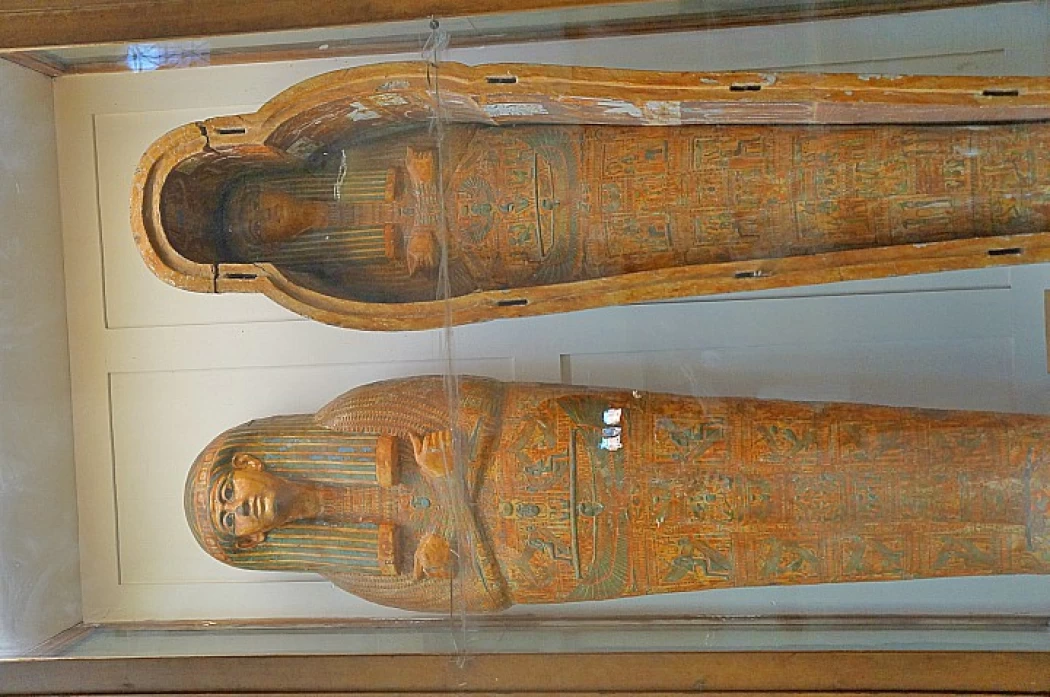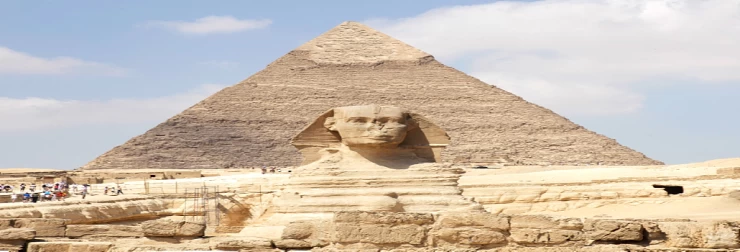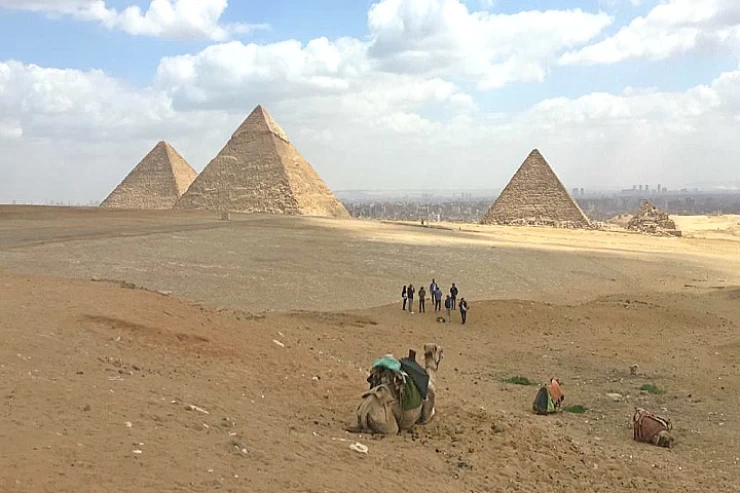
Ancient Egyptian Burial Customs
Ancient Egyptian Burial Customs
One of the reasons for preparing the body was to enhance the post-death survival of the individual. Ancient Egyptians believed, that the spirit of the departed, the so-called Ba, which resembled a human-headed bird, left the corpse. Only after the corpse was preserved and the resurrection rituals carried out, was the body again ready to accept the spirit and proceed to everlasting life in the eternities. It is known that the process lasted for about seventy days of their time.
All the information we know today about mummification of the dead is attributed to the historians Herodotus (5th century BC) and Diodorus Siculus (1st century BC).
The profession cleans the body by removing and drying the entrails. The god with a jackal head known as Duamutef guarded the stomach areas while Hapi, who was represented by a sacred baboon head, guarded the lungs. Imsety, who wore a human accessory on his head, was the god who preserved the liver while Qebehsenuf, who donned a falcon head was in charge of the intestines.
The embalmers anoint the body with oil and anoint it with resins and scented oils. After the heart is embalmed and returned to the body, the embalmers fill the cavities with various materials before finally wrapping the body in linen cloths interspersed with various amulets. The final step is to cover the head of the deceased with a death mask made of linen paper reinforced with plaster (cartonnage).
Embalmers often used gold to paint the bulging-eyed funerary masks that were placed on the faces of the dead, as they believed that the skin of the gods was made of gold. Old age and disease were the great enemies of the ancient Egyptians, who were also keen to hide ugliness and sadness.
















